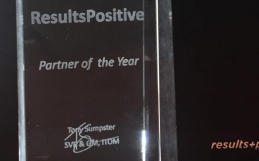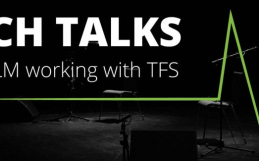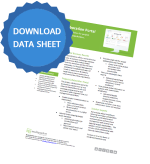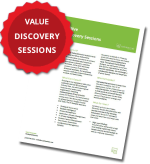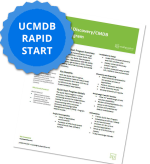Mastering Client Expectations: A Blueprint for Project Success
In the dynamic landscape of enterprise project management, client satisfaction stands as the ultimate barometer of success. Yet, misaligned expectations often cast a long shadow over even the most meticulously planned projects. The root cause lies in the chasm between what clients envision and what project teams deliver. This disconnect can lead to delays, budget overruns, and, ultimately, strained client relationships.
The Client Expectation Model: A Cornerstone for Success
To bridge this gap, project managers must adopt a proactive approach to understanding and managing client expectations. The establishment of a robust Client Expectation Model is the cornerstone of this approach. This model serves as a living document that outlines, clarifies, and tracks client expectations throughout the project lifecycle.
By creating a structured framework for capturing and analyzing client requirements, project teams can:
- Identify and address potential conflicts early on: Proactive identification of conflicting expectations allows for timely resolution, preventing project derailment.
- Align internal teams and stakeholders: A shared understanding of client expectations fosters collaboration and ensures everyone is working towards a common goal.
- Manage scope creep: By clearly defining project boundaries, project teams can resist the pressure to take on additional work without proper authorization.
- Enhance communication: The Client Expectation Model provides a shared reference point for all project stakeholders, facilitating effective communication.
Keeping a Pulse on Client Expectations
The Client Expectation Model is not a static document. It requires continuous monitoring and updates to reflect evolving client needs and priorities. Regular check-ins with clients, coupled with effective communication channels, enable project teams to stay attuned to changing expectations.
Key strategies for maintaining a pulse on client expectations include:
- Establishing regular communication channels: Consistent and open communication builds trust and ensures that client feedback is actively sought and incorporated.
- Conducting client satisfaction surveys: Regular feedback helps identify areas for improvement and measure overall client satisfaction.
- Leveraging project management tools: Advanced project management software can track client feedback, document changes in expectations, and generate reports to keep stakeholders informed.
Streamlining Communication for Project Success
Effective communication is the lifeblood of any successful project. To prevent miscommunication and project roadblocks, project managers must implement strategies to streamline information flow among clients, team members, and other stakeholders.
Key communication best practices include:
- Developing a comprehensive communication plan: A well-defined communication plan outlines the channels, frequency, and content of communication for all project stakeholders.
- Utilizing collaboration tools: Cloud-based collaboration platforms enable real-time communication, document sharing, and task management.
- Leveraging automated status reports: Regular, automated status reports keep stakeholders informed about project progress and potential issues.
- Building strong relationships: Trust and rapport are essential for effective communication. Investing time in building relationships with clients and team members fosters open and honest dialogue.
By combining a well-structured Client Expectation Model with effective communication strategies, project managers can significantly enhance their ability to deliver projects that exceed client expectations. By proactively managing client expectations and maintaining open communication channels, project teams can mitigate risks, build stronger client relationships, and ultimately drive project success.

